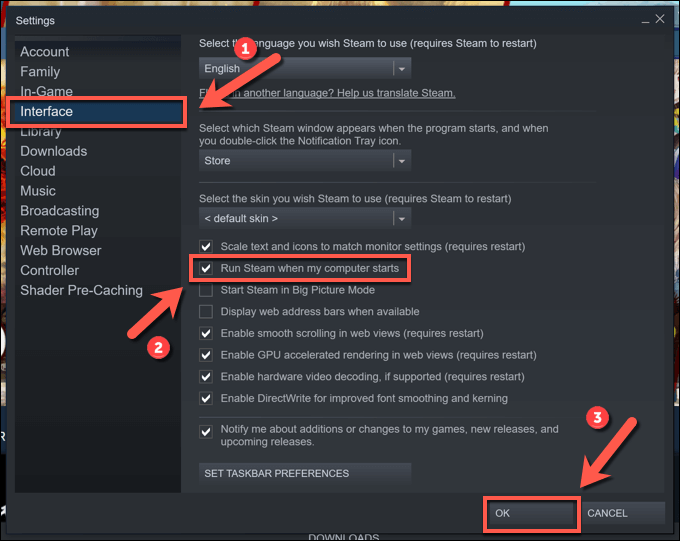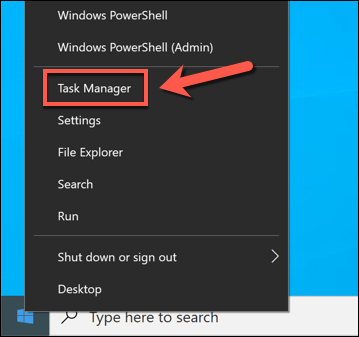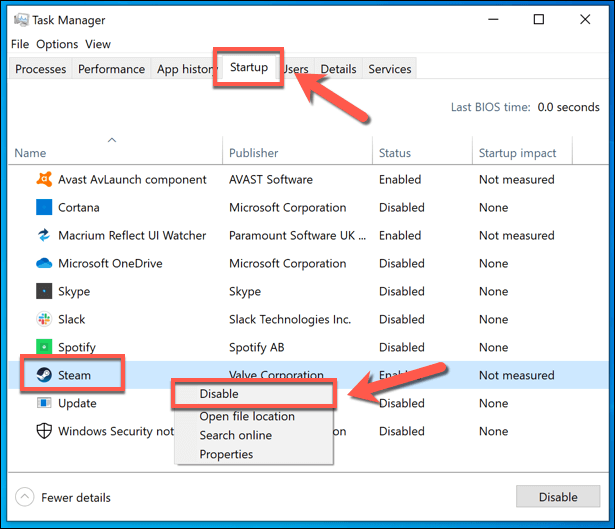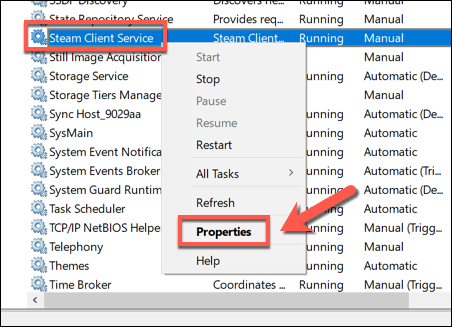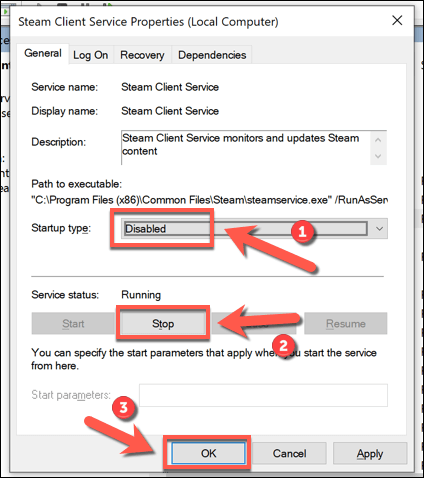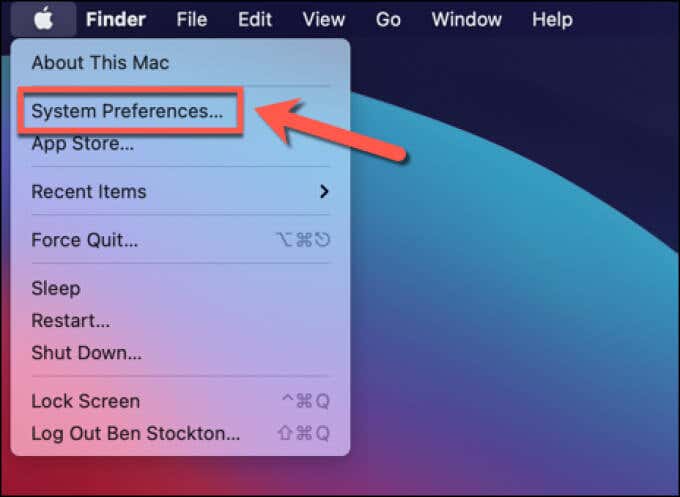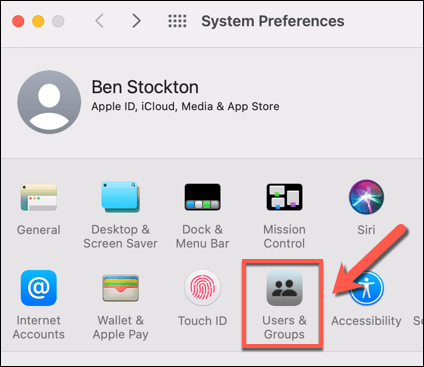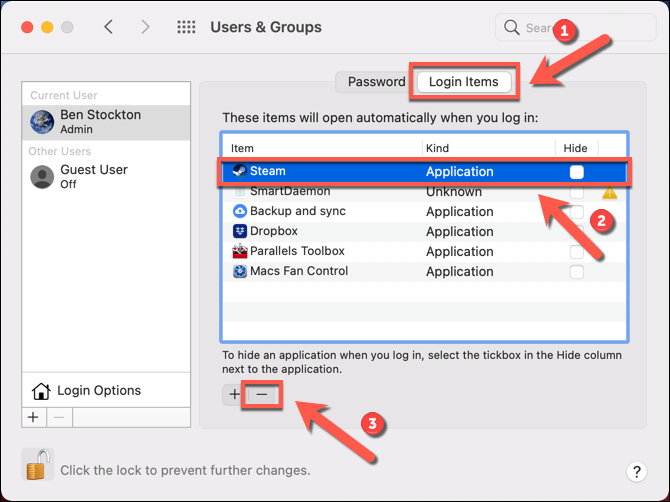The Steam gaming client is a great way to purchase, download, and play your favorite PC games, whether they’re AAA blockbusters or indie classics. If you’re a Steam beginner, however, you might find yourself annoyed with some of the quirks behind the platform, including Steam opening up by itself when you boot your PC.
Thankfully, there are a few ways you can stop this from happening by disabling it in the Steam client or by stopping it in Windows Settings or Mac System Preferences. If you want to know how to stop Steam from opening on startup automatically, especially if you’re worried about slow boot times, you can follow the steps below.
Changing Steam Startup Settings in the Steam Client
When you install Steam on Windows, the client is set to automatically open when your PC boots up and you sign in. The first sign of this may be your friends’ list or the main client window opening up after you sign up. While this setting isn’t enabled automatically on Mac, the feature works in much the same way when it’s enabled.
If you want to reduce the demands on your PC or Mac when you boot up (and speed up the boot up process as a result), you can stop Steam from opening automatically. Once this setting is disabled, Steam will only open when you decide to launch the client app manually.
- To do this, make sure the Steam client is running—if it isn’t, launch it from the Start menu (on Windows) or Launchpad (on Mac). Once the Steam client is open and you’ve signed in, select Steam > Settings in the client window. Mac users will need to select Steam > Preferences instead.
- In the Steam Settings menu, select the Interface option in the menu on the left. From there, uncheck the Run Steam when my computer starts setting checkbox, then select OK to save.
Once you’ve disabled this setting, your Steam client should only open when you launch it yourself to play games, for instance. Updating or reinstalling the client may result in these settings being reset, however, resulting in Steam starting up again when your PC or Mac boots up.
If that happens, you’ll need to repeat the steps above to stop it or follow the further steps below to ensure that Steam can’t open automatically, even if the setting is enabled in the Steam client to do so.
Stopping Steam From Opening on Startup Using Task Manager on Windows
The steps above should help most users to stop Steam from opening on startup automatically. An alternative method, however, is to disable Steam from starting up in the Task Manager app if you’re running Steam on Windows.
If your Steam settings are reset when the client is updated or reinstalled, for instance, disabling the client in Task Manager should ensure that it doesn’t open automatically when your PC boots up again.
- To open Task Manager, right-click the Start menu icon or the taskbar and select the Task Manager option.
- In the Task Manager window, select the Startup tab. Locate Steam in the list, right-click the entry, then select Disable. This will prevent Steam from launching, overriding any settings in the Steam client itself.
Disabling Steam Services on Windows 10
While the steps above should stop Steam from opening up automatically when you boot up your Windows PC, you can make sure that Steam doesn’t run by disabling certain Steam services. In particular, the Steam Client Bootstrapper service (also known as Steam Client Service) is required for this feature to work.
By disabling this service, you can stop Steam from opening when you boot up your PC. This may override other related settings, including the boot-up setting demonstrated above.
However, disabling this service can cause other Steam issues in the long run. If Steam doesn’t open or won’t update properly after disabling the Steam service, you may need to repeat the steps to restore and re-enable it to resolve any issues.
- To do this, right-click the Start menu or taskbar and select Task Manager.
- In the new Task Manager window, select the Services tab. Search through the list to find the Steam Client Bootstrapper or Steam Client Service entry. Right-click the entry (or entries), then select Open Services.
- The service you selected should become visible in the Services window—if it doesn’t, search through the list of services to find it. Once you’ve located the Steam service, right-click the entry and select Properties.
- In the Properties window, select Disabled from the Startup type drop-down menu. As we’ve mentioned, this can cause some difficulties with automatically updating Steam, so if you run into issues, you may need to restore this service later. If the service is currently running, select the Stop button to stop it, then select OK to save your choice.
Stopping Steam From Opening on Startup Using System Preferences on Mac
If you want to guarantee that Steam can’t open automatically on your Mac, you can disable it in the System Preferences app instead. This will override any settings you’ve enabled in the Steam client directly, preventing Steam from launching when your Mac boots up.
- To do this, select the Apple logo > System Preferences on the menu bar.
- In the System Preferences window, select Users and Groups.
- Select the lock icon at the bottom of the window to unlock the menu, then authenticate using your password or Touch ID credentials.
- Once System Preferences is unlocked, select the Login Items tab. If Steam is set to open automatically when your Mac boots, it will be listed here. To stop this from happening again, select Steam in the list, then select the minus icon at the bottom.
Enjoy Gaming on Steam
If you’re looking to figure out how to stop Steam from opening on startup, the steps above should cover all your options. Once Steam is opening on your terms, you can enjoy gaming on the platform, but don’t forget to speed up your Steam downloads if things seem a little slow to begin with.
If you’re having trouble with Steam, however, you may need to run Steam as an administrator on Windows to give it the permissions it needs to access your files. You could also think about playing Steam games on Android or other devices using the Steam Link feature to leave your desk behind and play PC games remotely.


